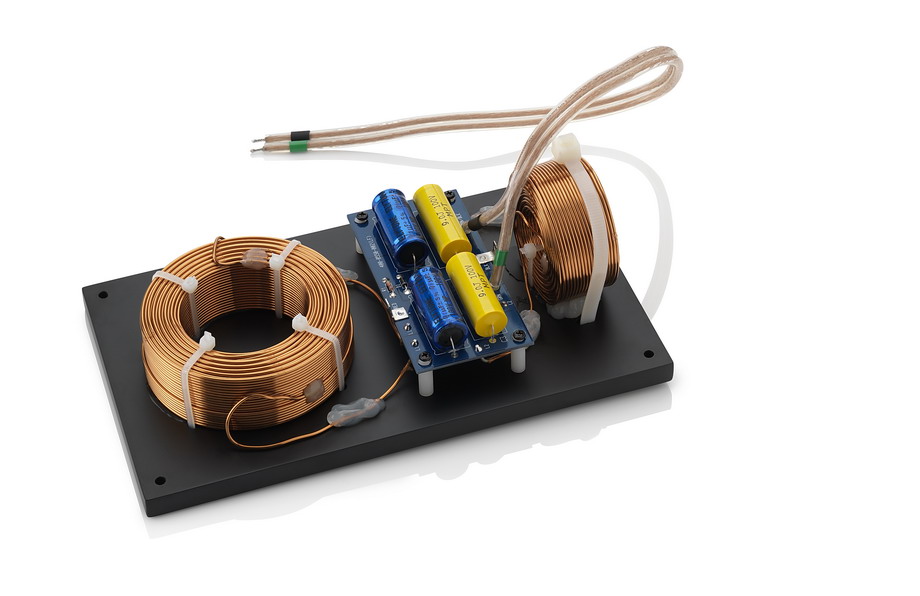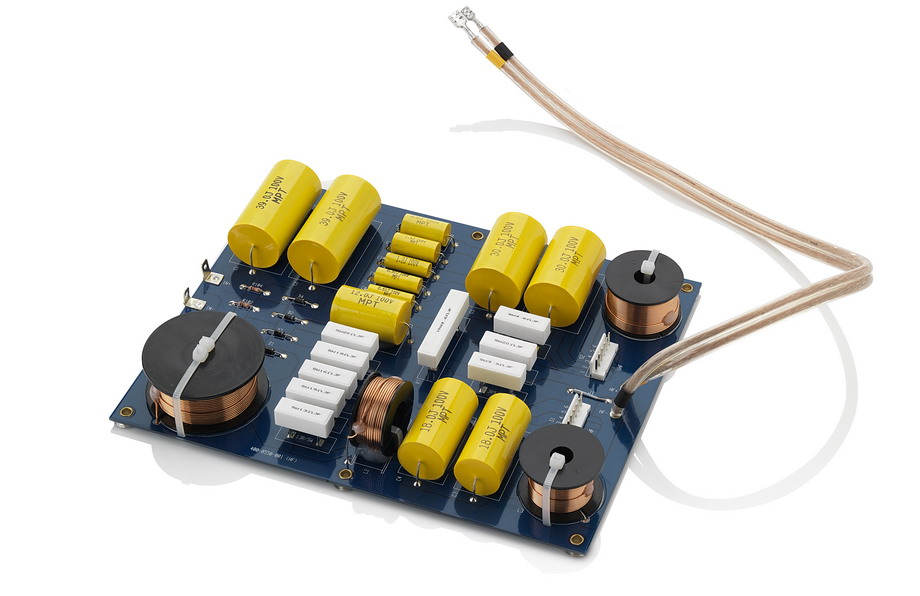watchnerd
Grand Contributor
I'm looking at pictures of the stock (first) and DIY-modified (second) crossover for an ATC SCM19 (version 1, I think).


I see 2 inductors and 2 capacitors per board, which leads me to think 2nd order.
But there is another extra cap that does I don't know what.
And some mysterious white blocks (resistors?) on the stock board, and green tubes and pink tubes (other resistors?) on the DIY board.
Can any of you analog EE types reverse engineer these circuits?


I see 2 inductors and 2 capacitors per board, which leads me to think 2nd order.
But there is another extra cap that does I don't know what.
And some mysterious white blocks (resistors?) on the stock board, and green tubes and pink tubes (other resistors?) on the DIY board.
Can any of you analog EE types reverse engineer these circuits?



